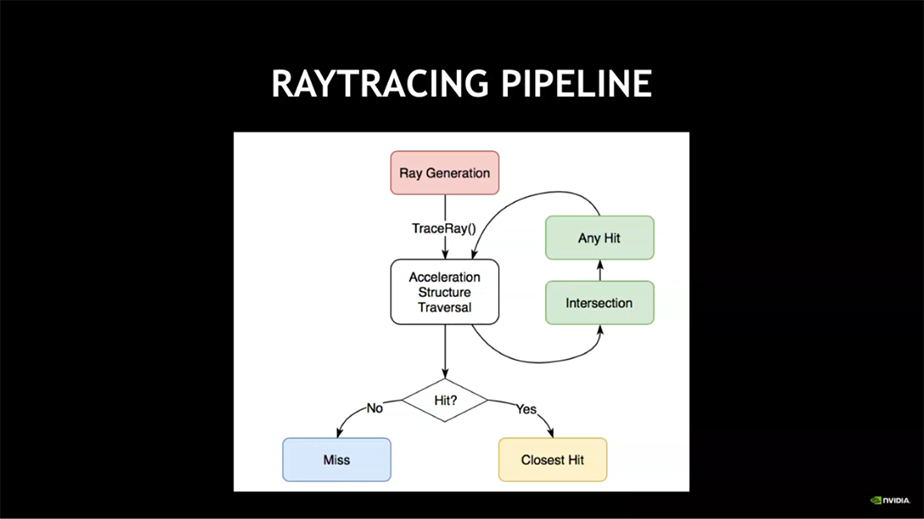The only thing that sells consoles is the games and what's on the screen. No-one cares how many flops a machine can do if it looks better than anything else. Hell, what if it's a super-processor with one single unified instruction "RENDERSCREEN" that can generate photorealistic graphic in a single floating point operation? OMG it only runs at 60 FLOPS!!!!
Shadow cascades? Shadows are one of the things raytracing solves, with no need for cascades, and none of their inaccuracies.
Some people are being really myopic about these numbers and interpreting them purely in relation to how current graphics are produced. We're talking about a new hardware generation with a potential paradigm shift and ground-up hybrid renderers using tech far more optimally. The very way geometry is constructed, lit and shaded could be different. We have zero knowledge on Sony's RT solution and enough reasons to doubt it matches RTX that we shouldn't be drawing any parallels. Numbers only tell a small part of the story. Plenty of contributors have been long enough on this board that they should know that by now and not be jumping to conclusions, although I'm aware some people prefer to form conclusions for everything instead of working with open uncertainties and not collapsing them to a final conclusion when there's enough data to create that robust conclusion.
As tot the technical debate, how much does RT hardware add to RTX? Isn't it something like 10%? What could be achieved on a large GPU with 50% of it dedicated to raytracing? Someone compare the rumoured die-sizes (300 mm²) with other GPUs and determine how much of that die would likely be 7TFs of compute and give us a die size for the RT side of things. That'll give some impression of what might be going on under the hood of this hypothetical machine.
Personally, I find the possibility quite exciting. If it is only 7TFs and a considerable amount of RT hardware, it means Sony for one are going whole hog and that might mean a true generational advance in games, not just in rendering which would be prettier, but also development if devs don't need to keep refining hacks. Though cross-platform development will be a challenge.

